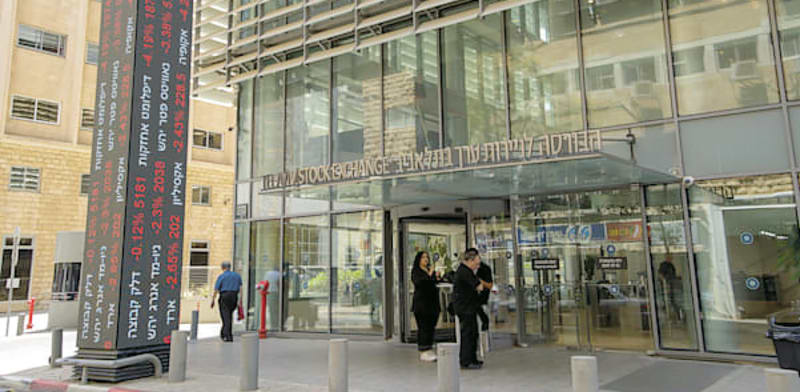
When archaeologists in Alkmaar began investigating an old building slated for renovation, they expected to find remnants of history. But what they uncovered was far stranger: a floor partially constructed from carefully arranged cattle bones.
The discovery, made in the historic city center, marks yet another example of a peculiar flooring style documented exclusively in North Holland.
“It is always a privilege to uncover something from a long-gone era and add new information to the history of Alkmaar,” said Nancy de Jong, a municipal archaeologist on the team. “We were very happy to have the chance to see this bone floor with our own eyes.”
An Unusual Pattern

The floor initially appeared unremarkable. Tiles—worn and weathered—covered most of the surface. But in certain sections, where the tiles were missing, rows of cattle bones had been inserted with deliberate precision. Each bone, taken from the metacarpals and metatarsals of cattle, had been sawed to the same length. They were set vertically, with their ridged ends or sawn-off tops facing upwards, forming a subtle pattern.
This isn’t the first time such a flooring style has been found. Similar examples have surfaced in Hoorn, Enkhuizen, and Edam, all neighboring towns in North Holland. In these instances, too, bones were used alongside tiles in what may have been a widespread, though poorly understood, 15th-century flooring technique.

The house itself was built in 1609, but archaeologists suspect the bone floor predates it. Newer buildings often incorporated elements from older structures, leaving behind architectural palimpsests that reflect multiple layers of history.
Why Bones?
The Alkmaar discovery has reignited questions about why bones would have been used in such a way. Bones, archaeologists note, would not have been a cheaper substitute for tiles; tiles were widely available and relatively affordable in the 15th century.
This raises the possibility that the choice of materials was symbolic or practical.
“Perhaps the bones served as a kind of filler, rather than a decorative choice,” said one expert. “Alternatively, it might have related to the type of craft practiced at the site, though that’s purely speculation for now.”
These floors could also reflect a unique regional tradition. The recurrence of this method across towns in North Holland hints at a shared cultural practice, but one that leaves more questions than answers.
The Search Continues
Alkmaar’s municipal archaeologists are now studying the site further. They aim to determine the extent of the bone flooring and whether wear patterns or markings on the bones might reveal how the space was used.
Meanwhile, historians and archaeologists across the Netherlands are taking note. Each new find adds to a growing body of knowledge about life in the region’s medieval period, offering glimpses into the ingenuity—and perhaps eccentricities—of those who lived there.
“There are still so many hidden stories, waiting for our team of archaeologists to come and find them,” said Anjo van de Ven, Alkmaar’s heritage councillor. “I am always excited when they call me with an update on a find. What cool thing have they discovered now?”









Leave a Comment